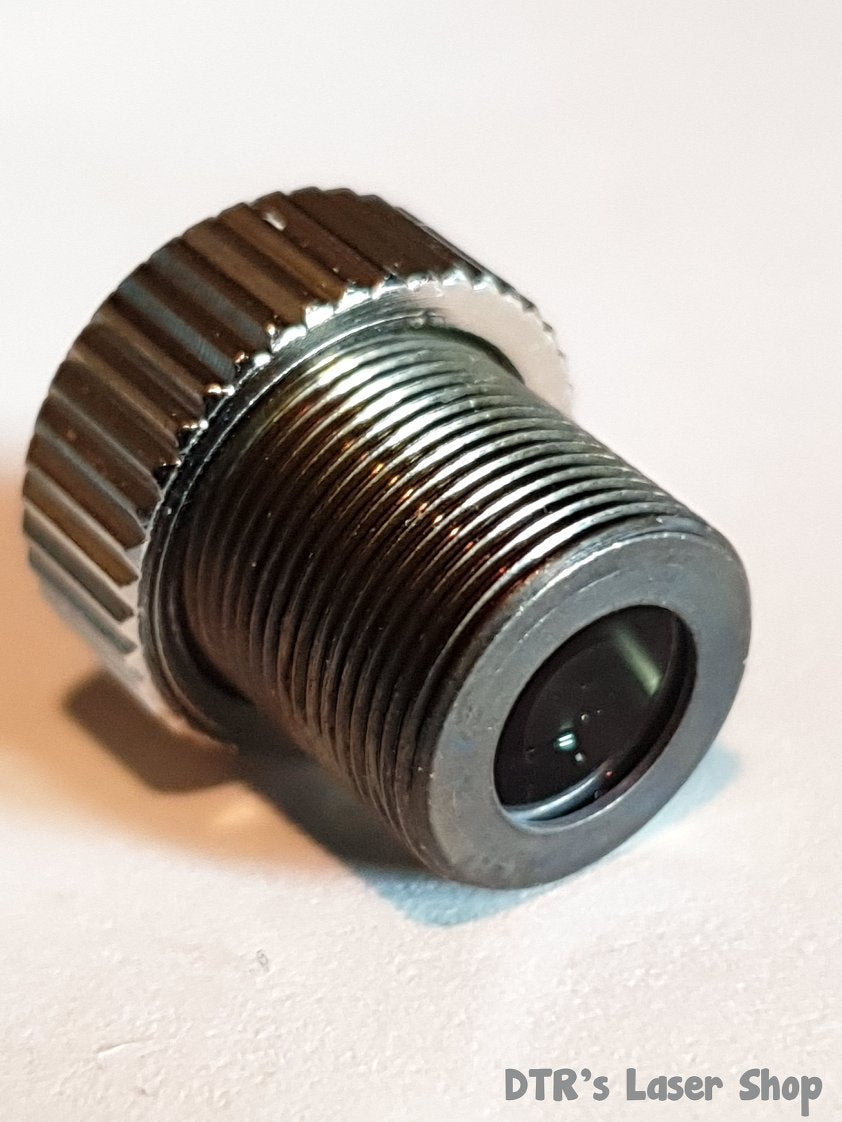The Purple Death
Member
- Joined
- Jan 27, 2019
- Messages
- 35
- Points
- 8
Hello,
TLDR: See bottom.
I've written this in long form for completeness. I'm sure I'd get a lot of questions otherwise.
So for some time I've had the option of getting a laser attachment for my 3D printer, but I never opted for that, because all I'd do with it is some engraving which wasn't as important as some of my other projects.
Well, recently I found myself needing to drill a lot of very very tiny holes in either very thin wood or very thin plastic (I'll have to try a few things to discover which is more optimal/workable). Holes that are 0.010mm-0.012mm in diameter. Now drill bits for such holes start in the hundreds of dollars (USD) for just one drill bit. As you might imagine, even if I used my 3D printer to hold the drill and do the drilling, I'd still probably break a few and so I'd end up spending thousands for these holes.
Then it occurred to me, I could use a laser to accomplish this! The problem is that most powerful blue lasers that I see people reviewing, visually appear to focus down to a few mm in size. That is to say, I'm orders of a magnitude off from the level of accuracy I require. Now I'll grant you, this could very well be a trick of the light. But still, I have no idea how to determine what the focus point size is for my laser at a given distance.
How do I get a blue laser to focus down to the size of 0.01mm-0.12mm?
Thanks!
TLDR: See bottom.
I've written this in long form for completeness. I'm sure I'd get a lot of questions otherwise.
So for some time I've had the option of getting a laser attachment for my 3D printer, but I never opted for that, because all I'd do with it is some engraving which wasn't as important as some of my other projects.
Well, recently I found myself needing to drill a lot of very very tiny holes in either very thin wood or very thin plastic (I'll have to try a few things to discover which is more optimal/workable). Holes that are 0.010mm-0.012mm in diameter. Now drill bits for such holes start in the hundreds of dollars (USD) for just one drill bit. As you might imagine, even if I used my 3D printer to hold the drill and do the drilling, I'd still probably break a few and so I'd end up spending thousands for these holes.
Then it occurred to me, I could use a laser to accomplish this! The problem is that most powerful blue lasers that I see people reviewing, visually appear to focus down to a few mm in size. That is to say, I'm orders of a magnitude off from the level of accuracy I require. Now I'll grant you, this could very well be a trick of the light. But still, I have no idea how to determine what the focus point size is for my laser at a given distance.
How do I get a blue laser to focus down to the size of 0.01mm-0.12mm?
Thanks!






